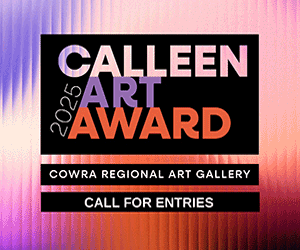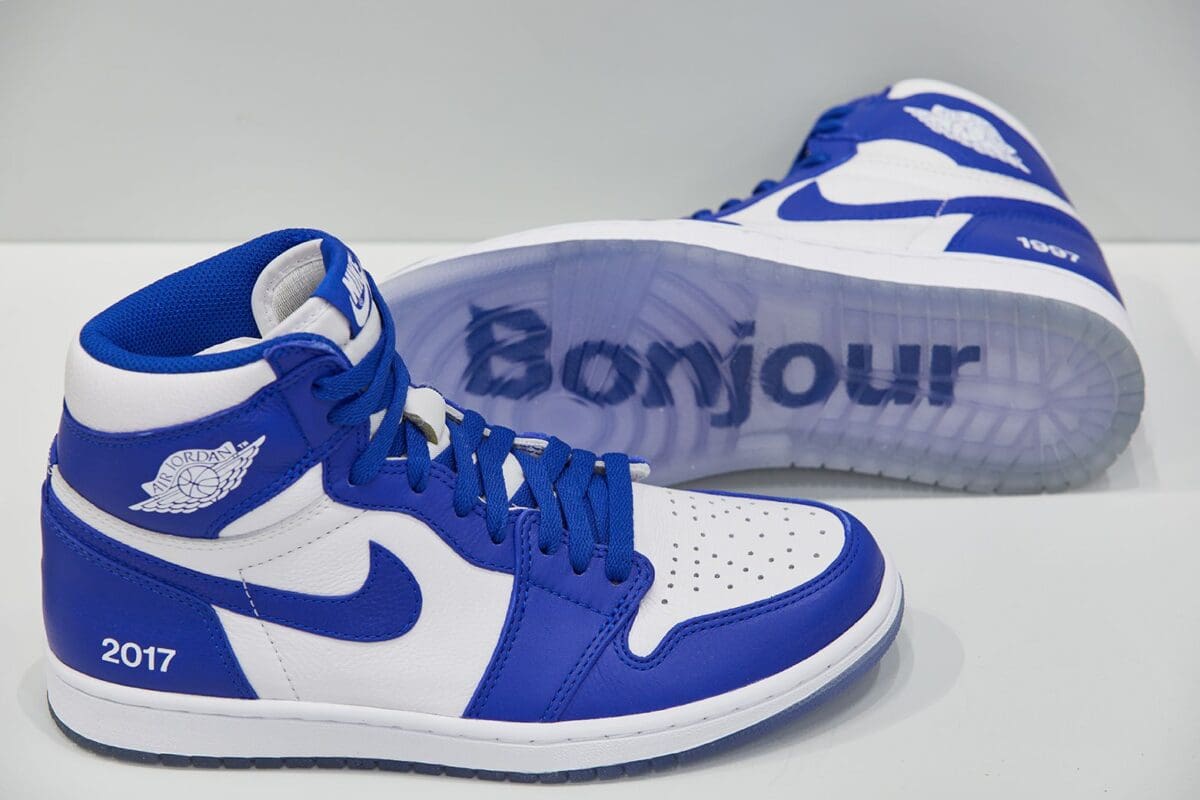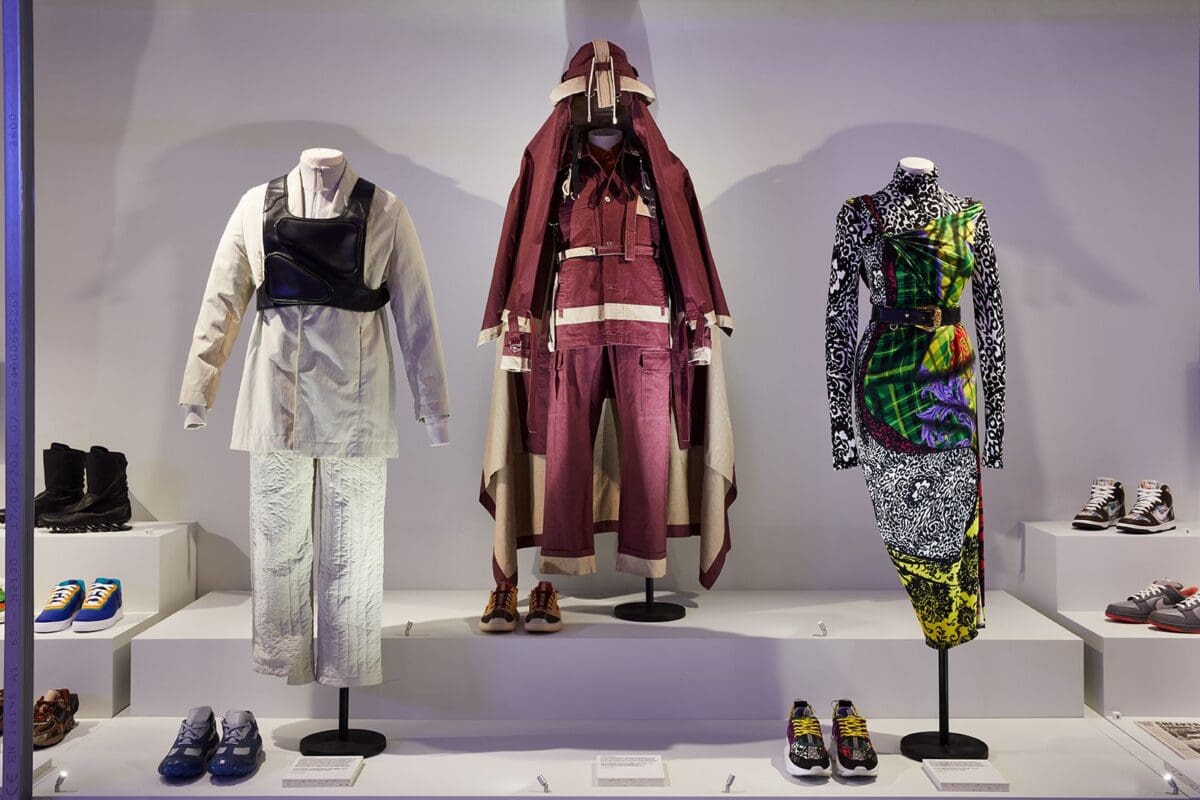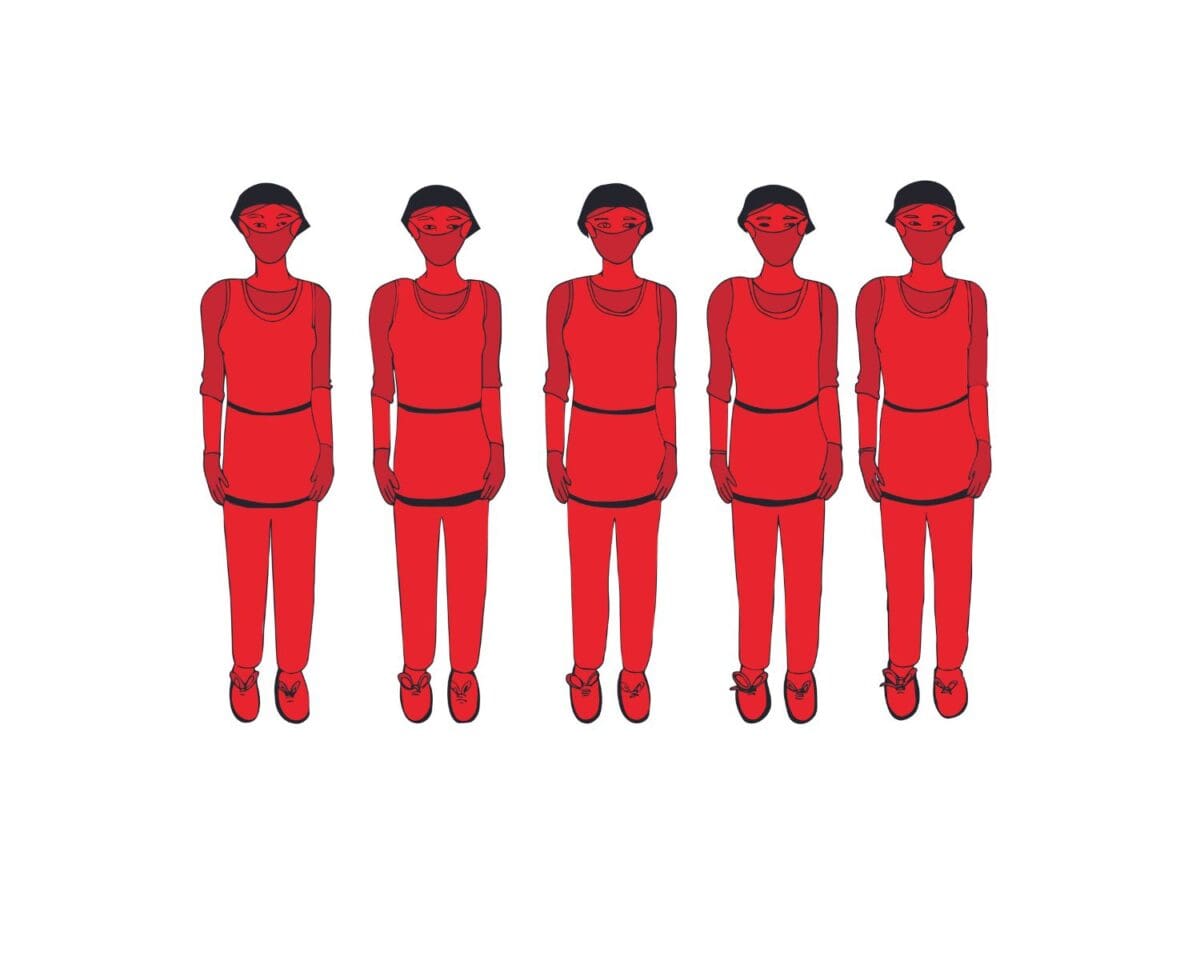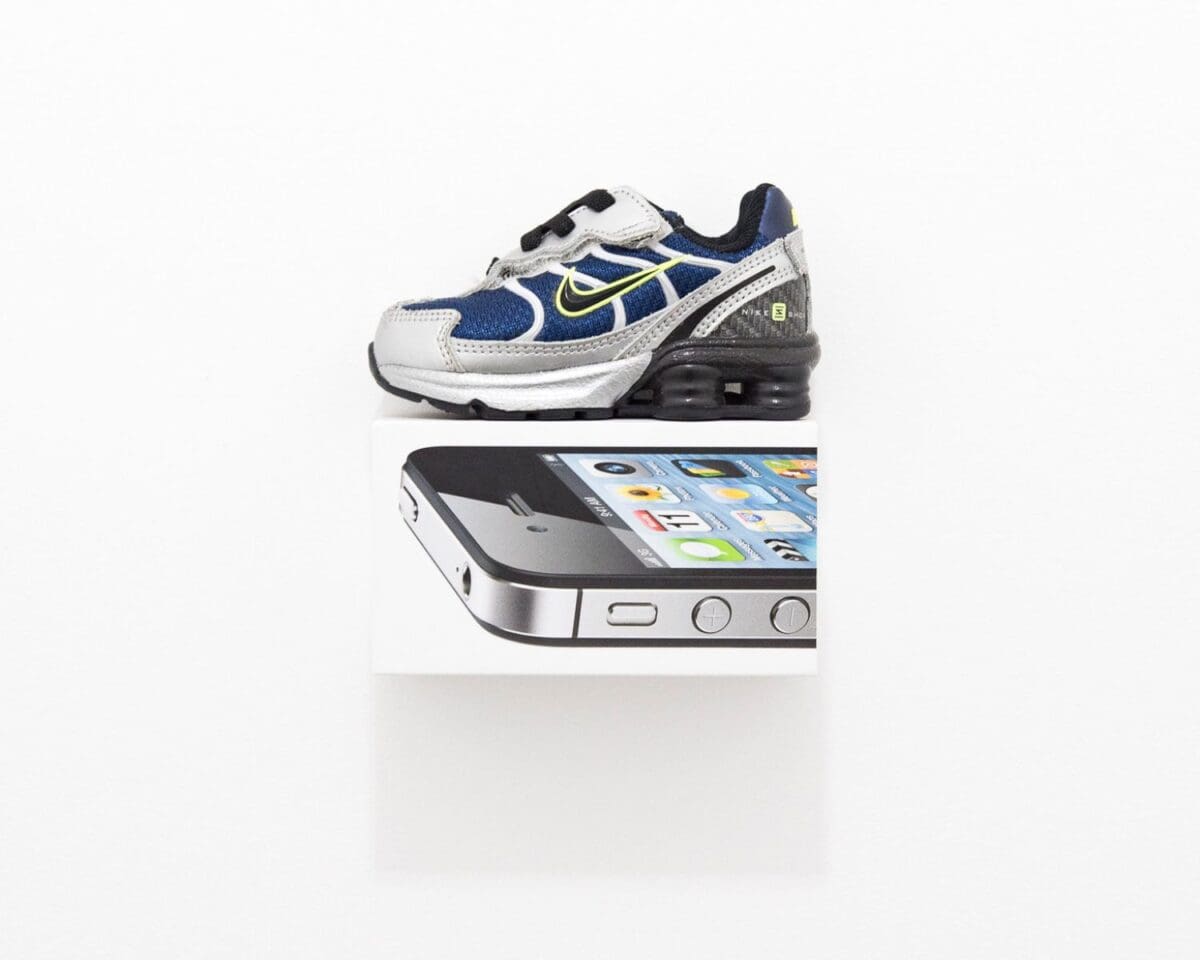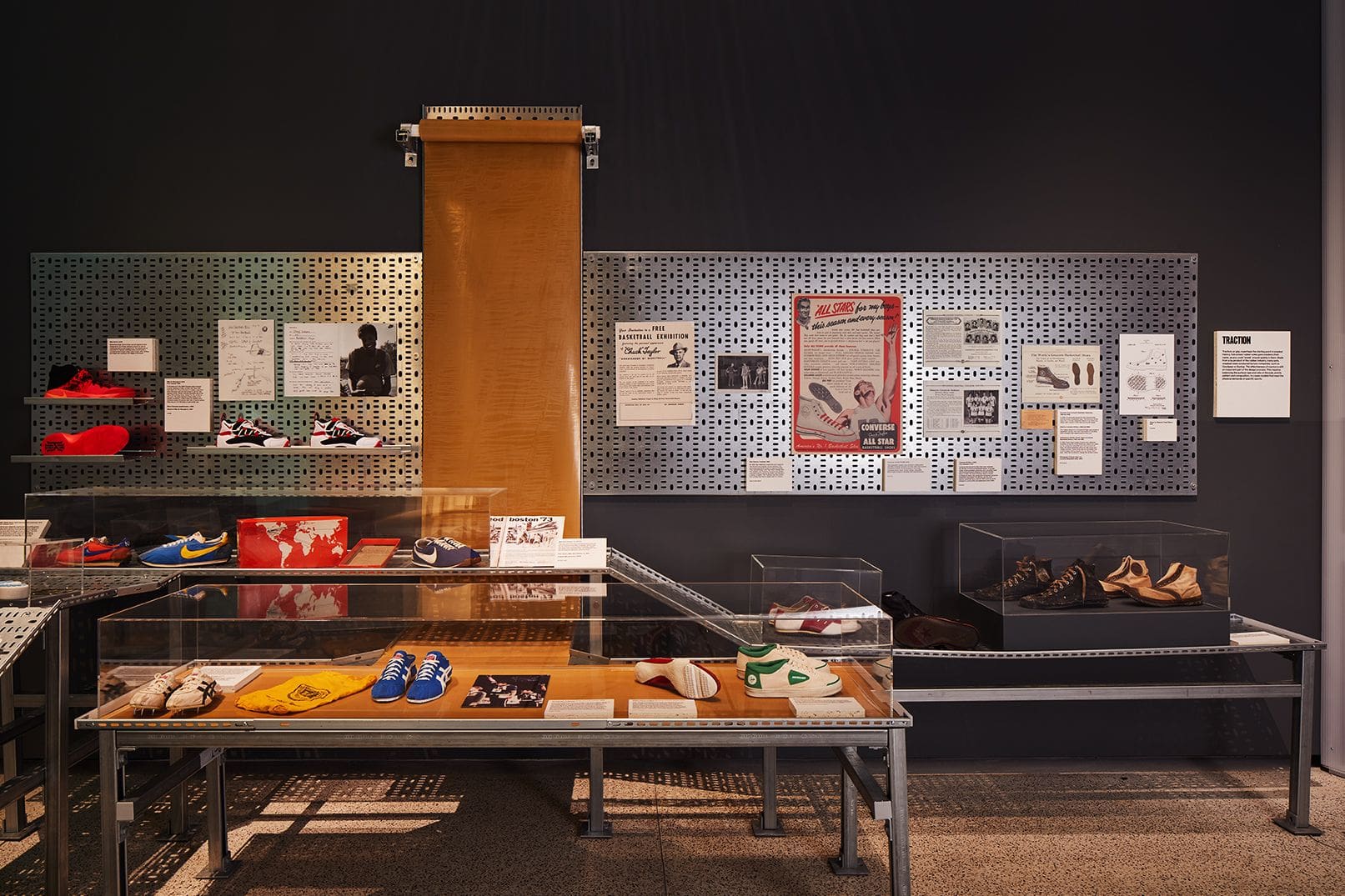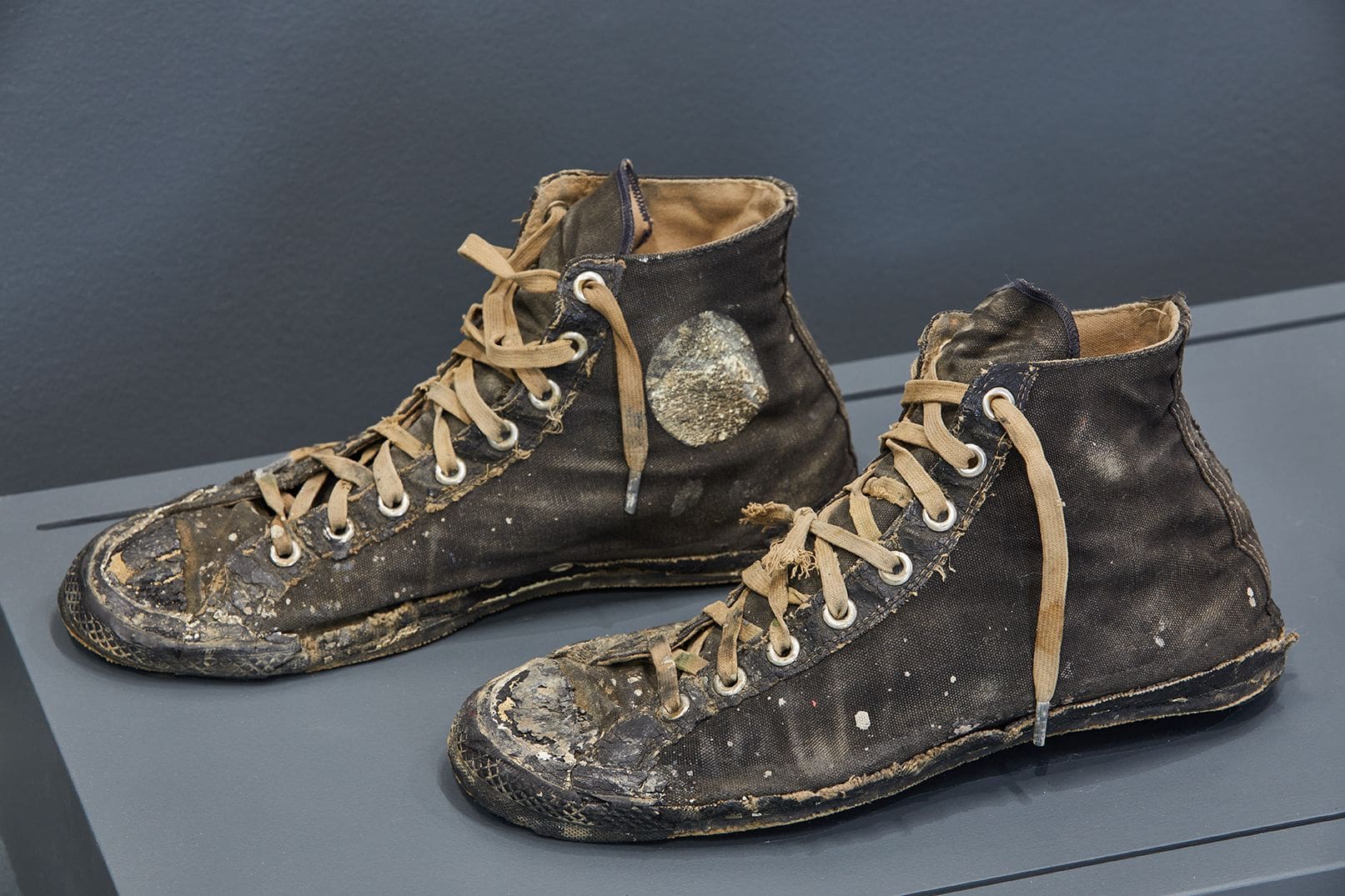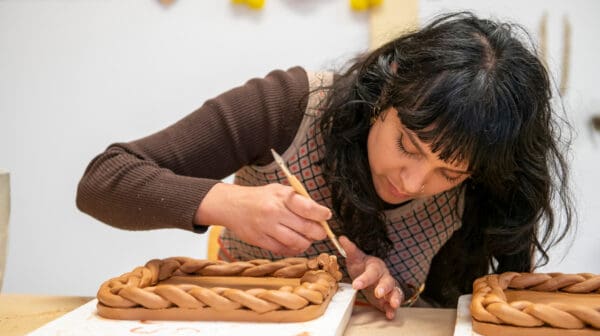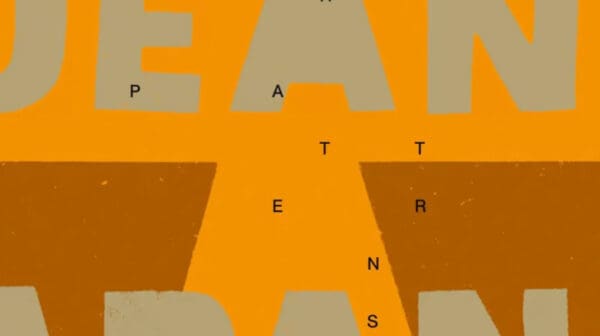Sneakers are a cultural phenomenon made up of paradoxes. They are ubiquitous, utilitarian everyday items, but also rare and collectible. They can be simple in terms of form and function, yet also advanced and otherworldly in design. Some see them as an accessible and inclusive force in fashion that serve as an outlet of self-expression for many; yet to others they are a symbol of out-of-control consumerism.
Two Queensland exhibitions are embracing these dualities, though from contrasting angles: Sneakers Unboxed: Studio to Street at HOTA on the Gold Coast, and Torsion at Brisbane’s Metro Arts.
The wide-ranging Sneakers Unboxed, which was first shown at the Design Museum in London, focuses on design innovation and crossover with popular culture across a history of sneakers that, curator Ligaya Salazar says, spans over 150 years. Among Salazar’s priorities was to explore sneakers as objects of both art and science, in relation to both fashion and sporting performance.
“It can take several years to develop a sneaker model from start to finish— from concept, experimentation and testing through to production and launch,” she says. “This exhibition highlights the design stories and people behind some of the most culturally and technologically significant sneakers ever made.”
“We are excited to have a selection of five sneakers borrowed from renowned Australian publication Sneaker Freaker”
These highlights range from the iconic Converse All Stars of the 1930s and 1950s, through to examples of sneakers that emerged from the intersection between basketball and nascent hip-hop culture in the 1970s. Then there are the game-changing, world-famous concepts: Nike’s collaboration with Michael Jordan in the 1980s (Air Jordans), the Reebok Instapump Fury, the Vans Half Cab, and notable designs undertaken in partnership with celebrities, such as Travis Scott (Nike) and Pharrell Williams (Adidas).
There is also an Australian flavour to the show. “We are excited to have a selection of five sneakers borrowed from renowned Australian publication Sneaker Freaker,” says Salazar, “including the original Nike Air Presto made for the Australian Olympic team for Sydney 2000—a very rare collector’s item.”
“Sneakers Unboxed does not shy away from the inevitable question of sustainability—an urgent issue in an industry synonymous with mass, carbon-intensive, production.”
Salazar speaks of the “democratising” role of sneakers, with the exhibition also an attempt to chart their social history as well as their design history. In the 1980s, partly on the back of the Jordan collaboration, sneakers became both accessible and desirable signifiers of identity. “Young people from lower socio-economic backgrounds are at the centre of sneaker history; [they are] aspirational and striving for social mobility. They use sneakers as a vehicle to express their identity in a way that is at the core of sneaker culture.”
Sneakers Unboxed does not shy away from the inevitable question of sustainability—an urgent issue in an industry synonymous with mass, carbon-intensive, production. “Most sneakers consist of problematic materials,” says Salazar. One section of the show is devoted to this topic, exhibiting a range of sneaker design innovations aimed at mitigating the industry’s environmental impact.
Torsion at Metro Arts adopts a different approach altogether. Vibrantly critical, playful and inquisitive, this exhibition takes a broad look at consumerism, commercialism and branding, with sneakers as its departure point. Curator Kyle Weise has assembled works that, he says, “use sneakers, the aesthetics of sneakers and sneaker advertising as a lens through which to reflect on contemporary web-enabled capitalism—its seductions, its instant gratification and its role in creating identity.”
“Mediums in the show include video, photography, sculpture and installation.”
“The exhibition is less interested in the specific moments of sneaker history, and more in the way that over time the brand has assumed significance, as exemplified by the sneaker industry. Through the sneaker we see the way that the immaterial—the brand—has surpassed the material. This is evident in the rise of ‘real’ and ‘fake’ variants of shoes.”
Mediums in the show include video, photography, sculpture and installation. Among the eight participating artists are Australians such as JD Reforma, Jessica Curry and Keemon Williams, as well as increasingly influential British-American artist Danielle Dean. Through these artists, Weise’s intention is to provoke questions regarding our personal relationship with the objects we consume, the correlation between what we buy and who we are, and above all, our ‘personal branding’. “An overarching theme in the exhibition is the way that consumption is connected to the creation of identity, and this identity is of course often linked to the cultivation of a personal brand.”
This should not give the impression of a show simply taking a polemical position against consumerism and capitalism—this was far from Weise’s intention. Instead, he has sought to complicate the show’s message. As well as the fact many works offer a sense of humour in their treatment of consumerism and branding, Torsion has room for an appreciation of the iconography of sneakers.
“I think the works here respect the power of the aesthetic of sneakers and their advertising, but push this in new directions that give us pause to reflect on how or why this works.”
“I want the exhibition to encourage people to reflect on the cultural and material histories of the objects around us. Sneakers just seem like a really accessible entry-point to encourage this.”
Sneakers Unboxed: Studio to Street
HOTA
From 25 November
Torsion
Metro Arts
9 December—27 January 2024

